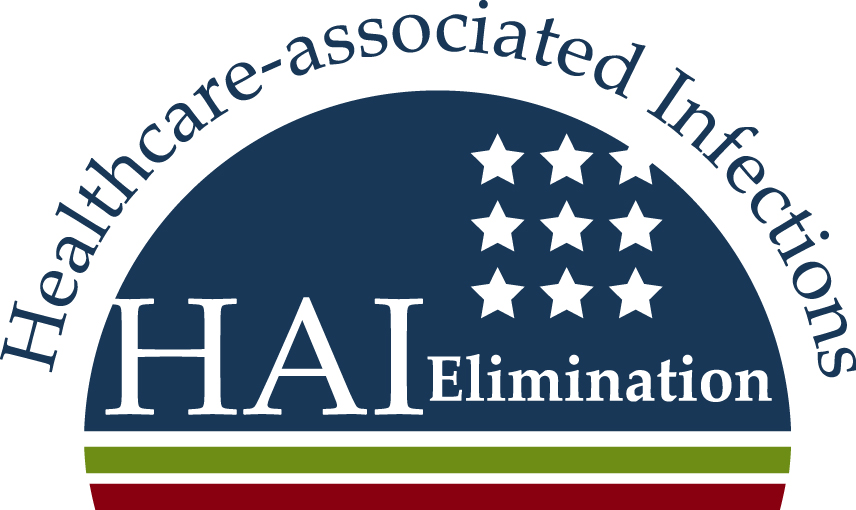Clinical pathology laboratory testing played a role in reducing rate of ICU infections
Here’s a big win for improved patient outcomes, and clinical labs and pathologists played a significant role in this achievement. Central line-associated blood stream infections (CLABSI) in ICUs decreased in number by a whopping 58% from 2001 to 2009, according to the Centers for Disease Control and Prevention (CDC).
Some healthcare experts attribute this significant reduction in ICU infections to greater transparency in outcomes data. The CDC’s report, released on March 1, 2011, covered the period from 2001 through 2009. The CDC said that, in 2001, 43,000 ICU patients experienced what today is called a hospital acquired infection (HAI). But by 2009, that number had dropped to 18,000!
The CDC calculates that, thanks to hospital diligence and participation in programs designed to reduce HAIs, at least $1.8 billion and 27,000 lives were saved between 2001 and 2009. However, the CDC noted that other areas of healthcare did not show similar improvements in patient outcomes.
Your Results May Vary
According to the CDC’s report, non-ICU healthcare settings, such as outpatient dialysis clinics, continue to struggle to prevent CLABSIs. At least 37,000 hemodialysis patients acquired CLABSIs in 2009. In other wards of hospitals, 23,000 CLABSIs were identified during the same period.

“The report findings point to a clear need for action beyond ICUs,” said Denise Cardo, M.D., Director of CDC’s Division of Healthcare Quality Promotion, in the CDC press release.
New protocols based on the successes of ICUs are being written to lower the rate of CLABSIs that occur in non-ICU areas.
An Ounce of Prevention is worth a Pound of Cure
The U.S. Department of Health and Human Services (HHS) states that preventable HAIs cost hospitals more than $30 billion each year—much of which is paid by Medicare.
The American Recovery and Reinvestment Act of 2009 (ARRA) allocated $50 million to support state programs to eliminate HAIs. The CDC provides additional financial and technical support to assist state health departments in their efforts as well.
Programs like the national “On the CUSP: Stop BSI” project are credited with contributing to the decrease in ICU-based CLABSIs. An interim report released on April 1, 2011, by the Agency for Healthcare Research and Quality (AHRQ) revealed 350 hospitals that participated in On the CUSP (Comprehensive Unit-based Safety Program).
These hospitals reduced CLABSIs by 35%. On the CUSP: Stop BSI is funded nationally by the AHRQ, and is a partnership with the Health Research & Educational Trust, the Johns Hopkins University Quality and Safety Research Group, and the Michigan Health & Hospital Association’s Keystone Center for Patient Safety & Quality.
Pathologists and clinical laboratory managers who are long-time readers of Dark Daily and The Dark Report will recognize several of the names mentioned above. During the past decade, it was physicians at Johns Hopkins University who were first to develop effective care protocols that directly contributed to a significant reduction in infections acquired in the ICU.
Inspired by this success, a group of hospitals in Michigan adopted these same care protocols in their own institutions. By the end of the first year of this effort, a number of Michigan hospitals had driven the rate of infections acquired by patients in their ICUs down to zero.
There are several lessons to be drawn from this multi-year effort. First, setting specific goals for improved patient care can play an important role in guiding quality efforts. Second, allowing rates of infection by individual hospitals to be published does make it possible to track, over time, how each hospital is making progress to deliver better quality care. Third, achieving a 58% reduction in central line-associated blood stream infections in ICUs demonstrates how a diligent improvement effort, guided by accurate, real-time data, can produce impressive gains in patient outcomes.
—Michael McBride
Related Information:
ICU Infections Decrease (Modern Healthcare)
The Impact of Hospital-Acquired Bloodstream Infections
Infections in ICUs Plummeting, Too Many Remain in Hospitals and Dialysis Clinics (CDC Press Release)
HHS Action Plan to Prevent Healthcare-Associated Infections
ICUs from 350 Hospitals Reduce Central Line Bloodstream Infections by 35% (AHRQ Press Release)
THE DARK REPORT: Hitting Clinical and Financial Home Runs in Infectious Disease and Oncology Testing
in Infectious Disease and Oncology Testing



